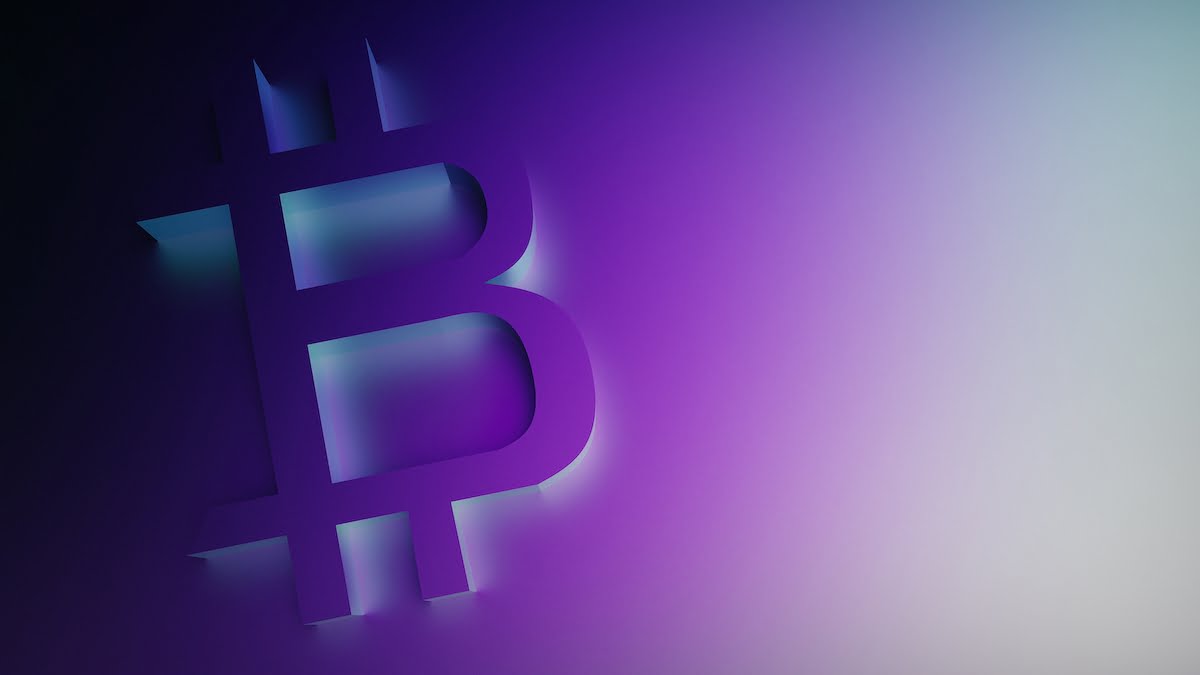Ordinals became the new hot thing on any blockchain when they launched on Bitcoin, causing quite a stir and dominating the conversation. But is all the excitement dissipating and if so, what can reignite it?
Ordinals are inscriptions on the Bitcoin blockchain, and are like NFTs, but slightly different. Essentially, they’re digital assets that are inscribed on the lowest denomination of Bitcoin, called a satoshi. Not many thought Bitcoin could host NFTs, but thanks to the Taproot upgrade these inscriptions are possible.
After Ordinals became so popular, fees on the Bitcoin network went through the roof, passing an ATH of $170,500 in inscription fees alone on February 15. To date, over $1.31 million in fees have been paid to miners on the Bitcoin network.
What Happened to All The Excitement?
With the Bitcoin miners earning extra satoshis thanks to Ordinals, it seemed like it was only going to grow. However, the amount of fees paid to Bitcoin miners each day has steadily decreased since that all-time high.
This is something pure Bitcoin maximalists prefer, as they don’t see Bitcoin as an NFT platform. The popularity of Ordinals introduced a text war on Crypto Twitter with those for and against the NFTs.
Ordinals creator Casey Rodarmor, a former Bitcoin Core contributor, says the idea of Ordinals is fun. He says he needs to produce more to keep the mempool full, and will rectify the matter in due time.
NFT developers Yuga Labs has announced its own series of 300 Ordinals, with the hope to reignite interest in Bitcoin NFTs. This is certainly the highest-profile company getting behind Ordinals, so we can’t say the war against the naysayers has been lost as yet.
Far from it, as developers continue to build infrastructure to accommodate the inscriptions. Bitcoin sidechain projects like Stacks have taken this new interest in Bitcoin NFTs to push Ordinal-compatible wallets and marketplaces, powered by their token.
Why Do Bitcoin Transactions get So Expensive?
With the interest in Ordinals still there, the transaction fees may be coming down, but they’re still a lucrative feature for the miners.
Bitcoin transaction fees are determined by the volume of data in the transaction and the speed at which the user wants their transaction completed. Fees rise when the demand for processing transactions outstrips the supply of miners.
On the Bitcoin network, an individual block is 1MB, meaning miners can only confirm 1MB of transactions per block. And while financial transactions use up very few bytes, something containing a jpeg or audio file will take up much more space, hence the reason for the rising costs.
Credit: Source link






























